CRUNCH TIME FOR TIBET’S DRI CHU RIVER:
a blog about UNESCO’s inability to hold China accountable for endangering World Heritage
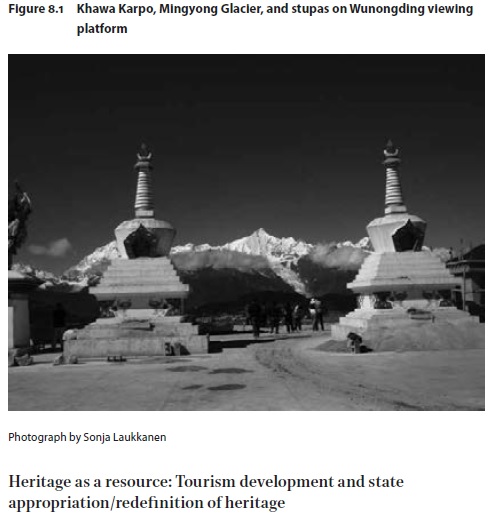
Will UNESCO be the first major agency of the United Nations to fall to Chinese money, patronage, soft power projection and suasion?
At first, this sounds like a slur on a venerable multilateral institution with a very wide responsibility, from a specialisation in hydrology to protecting the world’s monuments and the most exceptional landscapes as World Heritage.
Yet China is closing in on this problem child of the UN system, repeatedly shunned by the US, desperately short of cash for its Paris headquarter staff and global responsibility for culture, both tangible and intangible, monumental and natural.

China’s campaign to capture UNESCO is low key, under the radar, yet increasingly obvious. In May 2019 UNESCO staged an International Water Conference in Paris, the entire event underwritten by a pushy new Chinese multilateral set up to market China’s prowess in building hydro dams and power grids worldwide. The chief sponsor was the grandly titled Global Energy Interconnection Development Cooperation Organisation (GEIDCO).
ELECTRIFYING THE PLANET
GEIDCO is a vehicle for Liu Zhenya, who has outgrown his work as head of State Grid Corporation, despite it being, by capitalisation and operational capacity, one of the very biggest corporations worldwide. Having electrified China, making it into one national grid, having crisscrossed China with ultra-high voltage transmission lines, Liu Zhenya is out to electrify the planet, as a single global grid, all manufactured and operationalised by his State Grid ultra-long distance, ultra-high voltage power pylons and cables. This might sound like fantasy, but it isn’t.
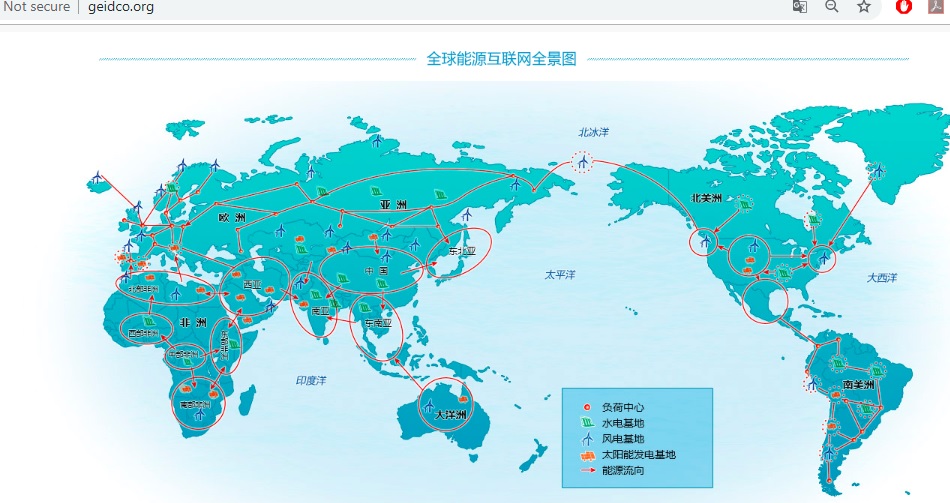
Here is his pitch: “Global energy network is an important platform to guarantee effective exploitation of global clean energy and ensure reliable energy supply for everybody. Global Energy Interconnection analyses the current situation and challenges of global energy development, provides the strategic thinking, overall objective, basic pattern, construction method and development mode for the development of global energy network. Based on the prediction of global energy and electricity supply and demand in the future, with the development of UHV AC/DC and smart grid technologies, this book offers new solutions to drive the safe, clean, highly efficient and sustainable development of global energy.”
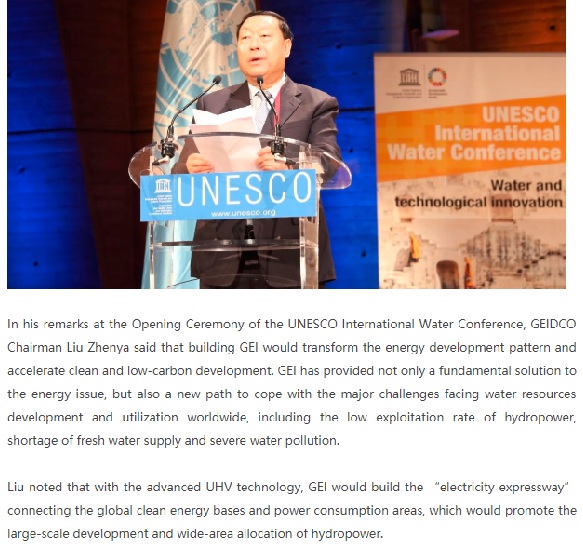
Liu’s vehicle has a title as long and impressive as United Nations Education, Science and Cultural Organisation: Global Energy Interconnection Development and Cooperation Organization. All the news on its website features the travels of Liu Zhenya as he deploys the classic Chinese soft power technique of jimi 羁縻, literally bridling and feeding, as in the taming of a wild animal that needs to be broken in, to accept being mastered by human will.

As Didi Kirsten Tatlow reminds us, jimi has a long lineage and GEIDCO’s website is a catalogue of where Liu Zhenya plies this trade of bridling and promising to feed those who agree to his mastery. While the rise and rise of Huawei gets the headlines, and GEIDCO is as yet influential only among tech heads and penniless UN agencies, it too is on the rise.
GEIDCO is not bashful about its ambition to hardwire the world, its’ ambition is boundless: “GEIDCO innovatively proposed a new model for the co-development of electricity, mining, metallurgy, manufacturing and trade, with the aim of transforming Africa’s resource advantages into economic strength and building pillar industries and new engines for Africa’s economic growth.”
ELECTRIFYING AND INDUSTRIALISING ALL OF AFRICA
China these days offers African countries a one-stop shop for wealth accumulation, pitched at regime elites across Africa. You guys have the minerals; you also have the rainfall and the big rivers, so here’s the package deal: we build the hydro dams and the long distance ultra-high voltage power grids that Liu Zhenya pioneered, in his previous incarnation as boss of State Grid. We also build the factories and the ports that turn the minerals into metals, using the hydropower, then ship the metals back to China, whose appetite is bottomless.
No need to negotiate endlessly with a dozen haughty foreign investors to raise the capital, plus a cohort of development assistance agencies who will impose all sorts of conditionalities on you. We can do it all for you, all you need do is establish state control over the land and clear out the villagers. We do the rest.
This is a seductive pitch, a shortcut to industrial modernity, a carrot dangled to spur the donkey, classic jimi 羁縻. The bridling comes later, when the African client realises too late they signed an unequal treaty, and are locked into paying tribute to a global accumulation engine headquartered in China.
If this seems, well, a bit megalomaniac, we now live in a world inclined to reward such corporate disruptors of boring old realities, such as painstakingly negotiating free, prior informed consent of those to be shoved out of the way of the hydro dam or mine or power grid or factory or port. Liu Zhenya is one of China’s answers to the Jobs and Zuckerbergs and Musks; nowhere near as famous as Jack Ma of Alibaba, but with UNESCO’s craven help, on the way.
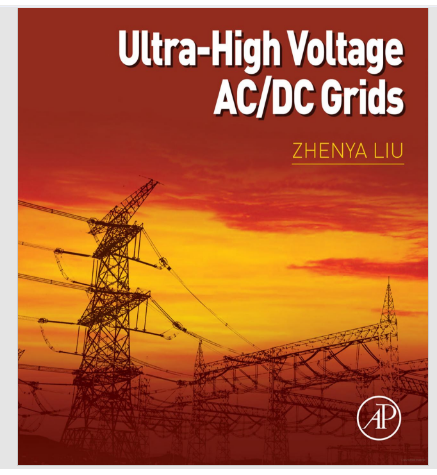
HU’S IN CHARGE? LIU ZHENYA
UNESCO may think it staged the 2019 International Water Conference, with GEIDCO its lead sponsor, but GEIDCO sees it the other way round: “At the UNESCO International Water Conference co-held by the Global Energy Interconnection Development and Cooperation Organization (GEIDCO) and the United Nations Educational, Scientific and Cultural Organization (UNESCO) in Paris from May 13 to 14, GEIDCO rolled out…..”
The rollout is boundless, embracing not only the whole of Africa in a single power grid, but the whole world. Europe is next; to be powered by grid supplied energy across the Mediterranean from African superabundance of electricity, and from Asia: “At the High-level Panel of the UNESCO International Water Conference on May 14 2019, GEIDCO released the Europe Energy Interconnection Planning Research Report. The goal of the report is to build an energy system dominated by clean energy and centring on electricity and further strengthen interconnection. Hence it proposed the planning scheme for Europe Energy Interconnection and 11 key interconnection projects from Africa to Europe and Asia to Europe, and also evaluated the comprehensive benefits of Europe Energy Interconnection.”
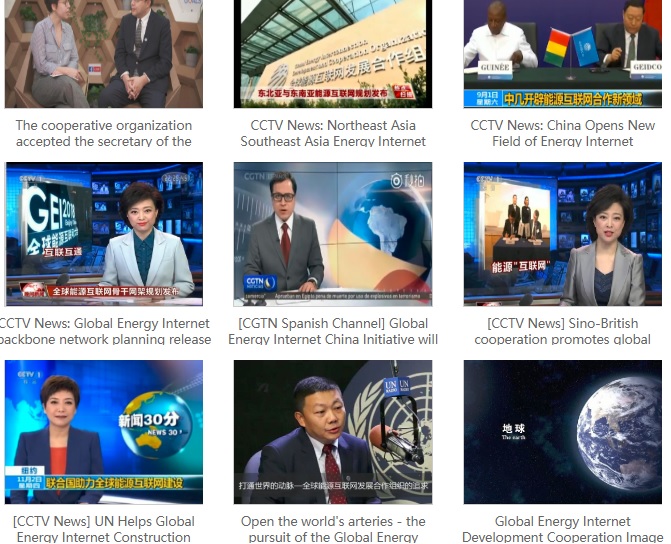
Little wonder then that UNESCO, GEIDCO’s client, in its other role as protector of World Heritage, is eager to show it has been bridled. Under the headline “UNESCO, Africa and China agree on projects to safeguard World Heritage in Africa”, UNESCO announced in June 2019, for its new patron: “Ninety-five African sites from 35 States Parties are inscribed on the World Heritage List, fewer than 9% of all the inscribed properties. Yet, African sites account for one third of the List of World Heritage in Danger. China alone has 53 properties inscribed on the World Heritage List, none on the List of World Heritage in Danger.”
China now benevolently partners UNESCO in tutoring African countries how to get more prestigious World Heritage listings, and on how to ensure UNESCO does not chide World Heritage managers for bad management. That’s an attractive package.
TIBET IS THE HEART
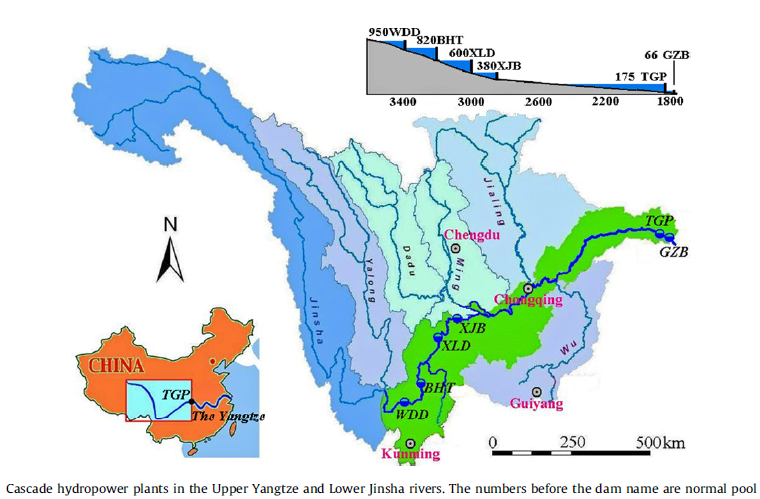
Does Tibet have any role in all this? Well, yes. Firstly, the great wild rivers of eastern Tibet are the source of the hydropower State Grid transmits, along its ultra-high voltage power lines, all the way across China to the world’s factory, stretched out across China’s coastal provinces. Tibet is the showroom and the salesroom. Tibet is where Liu Zhenya flies African leaders to see for themselves what State Grid and GEIDCO can do for them.
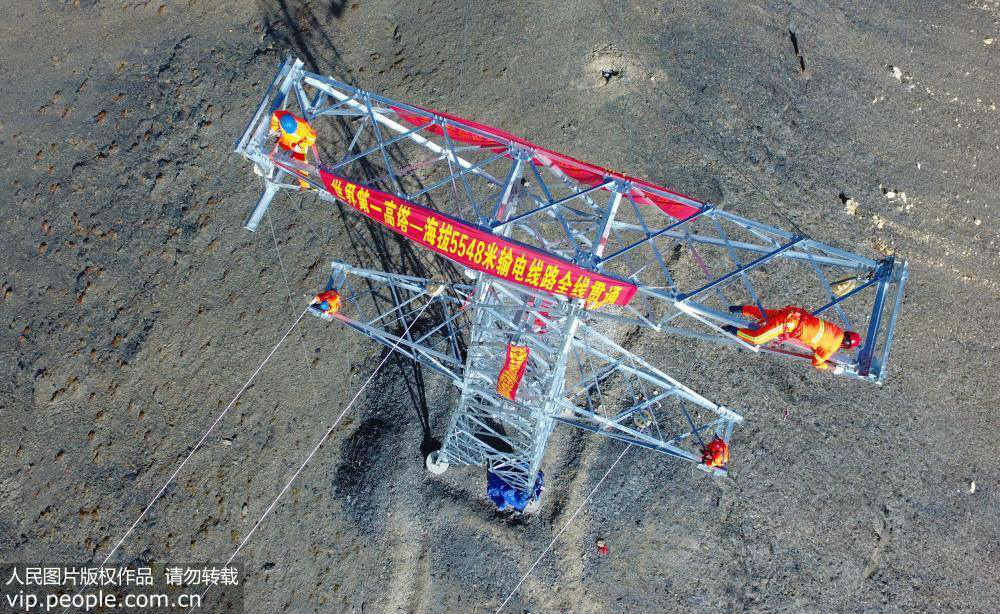
Second, if the full cascade of planned and authorised dams is built in Tibet and just below, so much hydropower will be generated, some could be exported, on those ultra-high voltage grids, all the way to Europe, knitting Eurasia together. This isn’t going to happen tomorrow, nor is Elon Musk’s mission to Mars. But Liu Zhenya thinks big, and he is convinced his tech advance, upping the voltage on the power lines to well over one million volts, is the game changer, enabling electricity to be transmitted thousands of kilometres, with very little loss en route.

If all those dams do get built Tibet will play a central role in China’s Belt and Road Initiative, potentially transmitting electricity not only west towards Europe but also to Southeast Asia. That would fit in with China’s planned transition from a low wage, labour intensive manufacturing economy to a rich, services based economy, shifting its manufacturing (and industrial pollution) away from China to SE Asia, while retaining ownership of the factories. As China shifts its factories abroad, electricity demand will peak and decline; while growing in the relocated factories still owned by China in Vietnam or Cambodia or Bangladesh. This would take a decade, probably longer, but that is the vision of Liu Zhenya and China’s central planners.
Third, for Tibet, how is it possible that China has none of its World Heritage sites on the UNESCO List of World Heritage in Danger? How can it be that all those dams, especially those in the Three Parallel Rivers World Heritage site in Kham Gyalthang, on the eastern edge of Tibet, do not flash danger signals? How can UNESCO tell Africa that China is the exemplary model to follow, because not one of China’s 53 World Heritage sites is in danger?
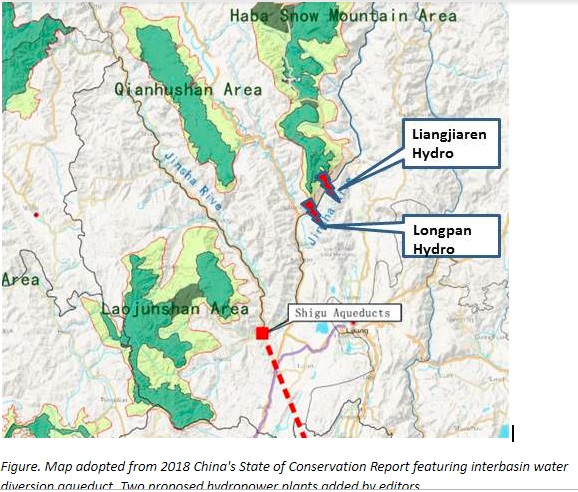
WORLD HERITAGE IN DANGER IN TIBET
Three recent reports document in detail exactly how World Heritage is in danger, in Three Parallel Rivers, from dams, mines, and large scale diversion of the waters of the Dri Chu/Yangtze/Jinsha, including the displacement of 100,000 small farmers whose fertile cropland will be drowned by the dams.
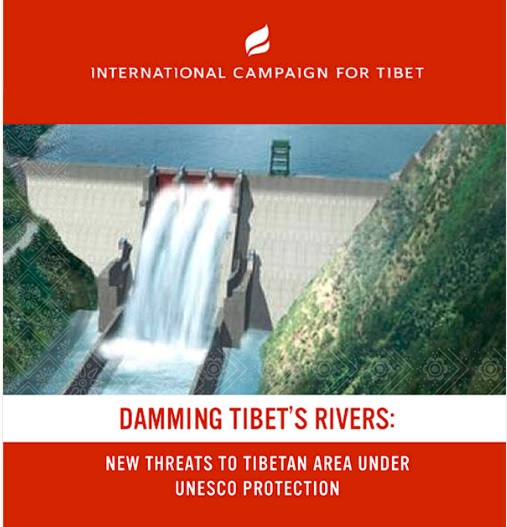
- The NGO focused on keeping UNESCO honest, World Heritage Watch, has released its 2019 World Heritage Watch Report of case studies of the Tiger Leaping Gorge dam in Kham Gyalthang, plus many hydro dam projects around the world financed and built by China.
- International Campaign for Tibet’s report shows precisely where all the planned dams recently authorised by China’s National Development & Reform Commission are located.
- This blog also reported on the absurdity of a Three Parallel Rivers World Heritage site that does not include the actual rivers themselves, only their steep valley walls, leaving China free to dam, and UNESCO speechless.

UNESCO World Heritage in China, specifically in Tibet, is in danger, and UNESCO must decide if it will go beyond diplomatically “strongly urging” China to actually protect its protected areas. The prospects are not promising. The crunch comes at the formal decision-making session of the UNESCO World Heritage Committee, held in Baku, Azerbaijan, 30 June to 10 July 2019. Already, UNESCO’s draft decision is available well in advance.
UNESCO does protest at the many threats to its Three Parallel Rivers, but limits itself to “strongly urging” China (the State Party in UN jargon) to do better. China (p14) basically insists that the rivers themselves are not strictly in the Three Parallel Rivers World Heritage boundaries, so UNESCO better mind its own business. In the recent past, UNESCO did raise wider issues, in its State of Conservation reports on those rivers, the Yangtze, Mekong and Salween (Dri Chu, Za Chu and Gyalmo Ngulchu in Tibetan), including expressing alarm at water diversion, dams and mass displacement of disempowered subsistence farmers along the rivers. Now, when it matters most, UNESCO is backing down.
UNESCO, in its draft resolution for adoption by its World Heritage Committee early July 2019 says: “The confirmation of the closure and termination of mines inside the property and its buffer zones, as a follow up to previous commitments to consider the whole area off limits, is welcomed.” Yet China’s own compliance report submitted to UNESCO, accompanied by satellite pix, says only that the mines “have not been expanding.”
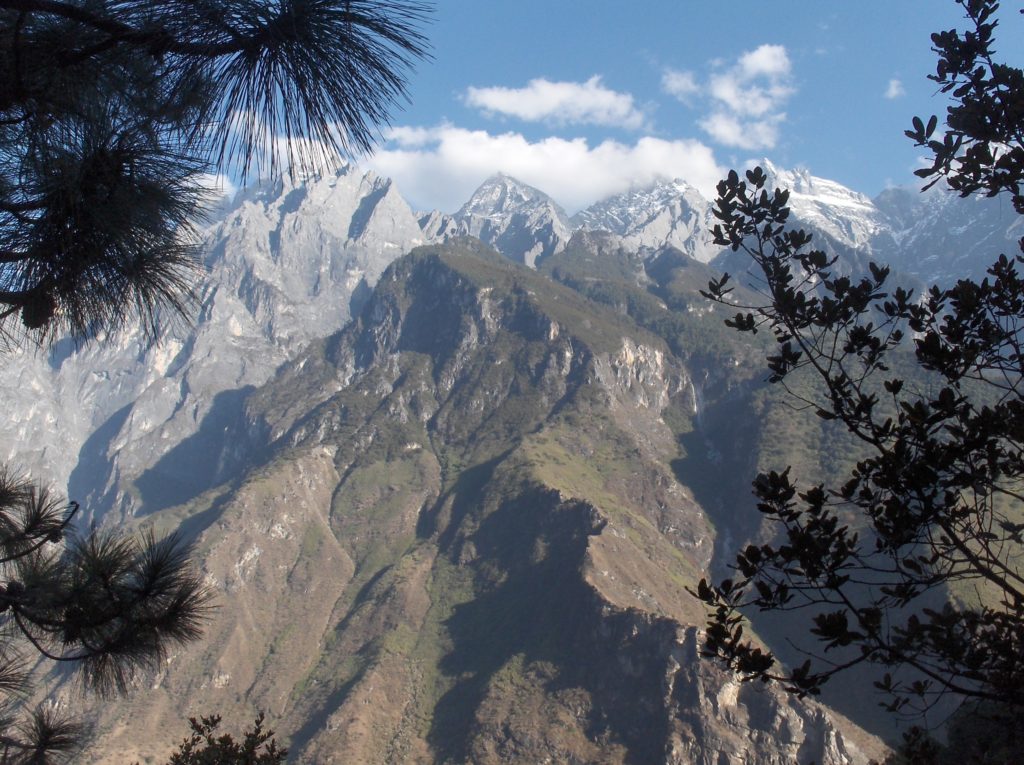
Now, at crunch time, UNESCO has backed away from naming the danger. It gives up altogether on two of the rivers, the Yangtze/Jinsha and Mekong/Lancang, on the grounds that they are already heavily dammed, focussing instead on the one remaining undammed river, the Salween/Nujiang/Gyalmo Ngulchu, in the forlorn hope that it alone can be spared damming. UNESCO is now all set, if it follows the script it has written, to “note with concern”, and even “strongly urge the State Party not to consider any further development until the SEA [Strategic Environmental Assessment] for the property and buffer zone has been completed, and ensure that the last remaining free flowing river Nujiang is not altered by hydropower development.” That’s as close as UNESCO is willing to go to declaring danger.
UNESCO’s unique intellectual property IP is its power to bestow an appellation of Outstanding Universal Value, the key to gaining World Heritage status. This is UNESCO’s legislative voice. UNESCO is about to sign away its highly valued intellectual property IP, yet again, for the benefit China’s wealth accumulation; yet again authorising a top down state driven project to dam the Yangtze/Jinsha/Dri Chu, the Mekong/Lancang/Za Chu and Salween/Nujiang/Gyalmo Ngulchu.
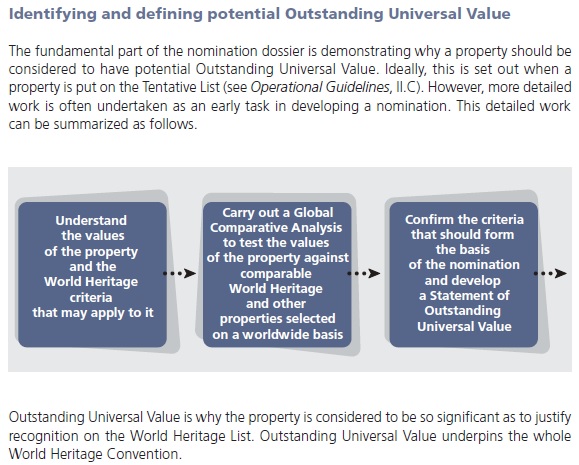
Top down control is more than decades of dam planning followed by construction; it is also mass tourism that can be top down, not managed by local communities. Local bottom up management is more rewarding both for the locals and more meaningful for the tourists, as is shown in a recent study of two World Heritage villages in Anhui province, eastern China.[1]
Despite UNESCO/IUCN’s fears, China has swamped Kham Gyalthang with hordes of tourists at Tiger Leaping Gorge, and the next dams will only bring more expressways, high speed railways and tourist masses to marvel at China’s engineering might, and wonder about the 100,000 vanished local farmers who once ploughed the deep, fertile sediments of these great rivers.

POWER GROWS FROM THE BARREL OF A NOMINATION DOSSIER
UNESCO is increasingly bridled and fed by China’s wealth and power, by China’s jimi coaxing and cajoling, bankrolling and grandstanding. UNESCO now chooses to accept China’s assurances, yet again, that mining within Three Parallel Rivers has finally ceased. Jimi works, UNESCO is bridled, compliant, willing to mouth China’s pitch to Africa for the rollout of global power grids as the universal path to fortune.
Faced with the prospect of being captured by China, UNESCO is ill-equipped to recognise that this is even possible, or imaginable. UNESCO is the one UN agency in which the developing country majority of UN members managed to set the agenda, which is why successive US administrations, Trump being only the latest, have loathed UNESCO and refused to fund it. The standard Western accusation is that UNESCO, by embracing Palestine, is anti-Semitic, but Western objections to UNESCO go much deeper than that. UNESCO has been oriented towards amplifying the voices of its Third World constituency, without any notion that China, the self-proclaimed leader of the developing bloc could actually have the muscle and money to capture UNESCO.
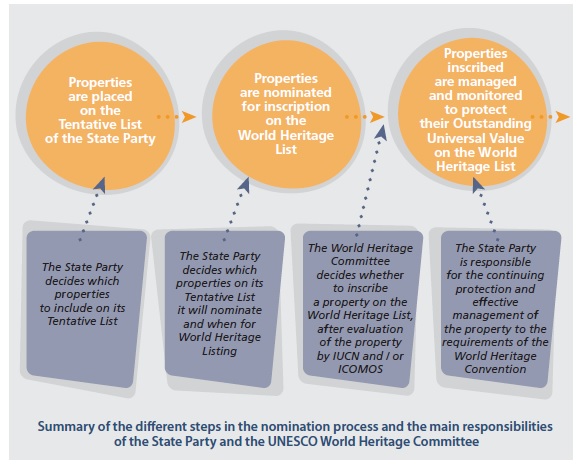
While UNESCO sees itself, deprived of US funding, as desperately short of money and greatly overstretched, it is rich in intellectual property (IP), a highly monetisable category of capital these days. UNESCO is the inventor and owner of the Authorised Heritage Discourse which defines heritage, based on its exclusive concept of Outstanding Universal Value, and bestows World Heritage status on sites put forward by governments for UNESCO approval.[2]
China craves that UNESCO AHD stamp of approval, and, once received, does not hesitate to monetise it, for China’s advantage. If UNESCO were to get over its self-depiction as poor, it might discover it has enormous power in dealing with China. It could learn the sort of hard headed dealmaking that China respects, thus making many World Heritage properties live up to their appellation.
This would not come as a shock to China, where critiquing the concept of World Heritage drew 400 participants to Hangzhou in October 2018, to a Critical Heritage Studies conference.

GAMING THE SYSTEM
If one looks back at how China got the UNESCO seal of approval for its 53 Chinese World Heritage sites, the guile of nominating the Three Parallel Rivers minus the actual rivers is not so unusual.
Three Parallel Rivers was nominated by China in 2003, at a time when China’s ascendancy as the world’s factory was in full swing. Planning far ahead, in the full knowledge that hydro dams were planned for all three rivers, China carefully on paper carved out the actual rivers from the proposed UNESCO site, nominating only the steep valley sides that rise as much as four kilometres, abundant in medicinal herbs, from subtropical to alpine on a single slope.
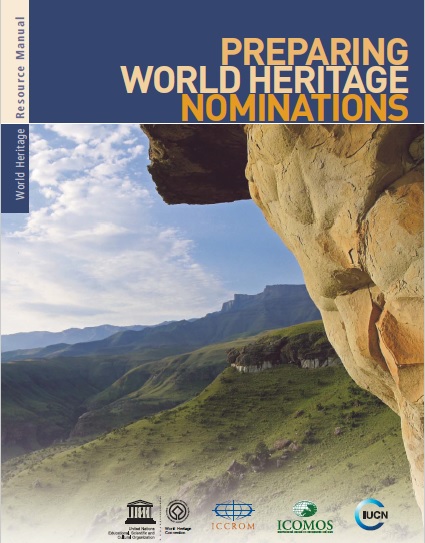
UNESCO went along with this fragmentation, and repeatedly failed to pay attention to China’s vague intimations of possible future development –dams, grids, river diversion- until far too late. UNESCO has persisted with its Eurocentric patrician assumption that it is the patron, and third world countries the client state beneficiaries, even when China reversed the roles.
China’s nomination of Three Parallel Rivers is 300 pages of scientific data assembly. Buried deep in those 300 pages (at p.160) are vague references to the likelihood of being overrun by tourists, overwhelmed by earthquakes and other natural disasters, then one paragraph on Prospects: “The unfavourable factors mentioned above as well as the possible serious consequences have been taken into serious consideration by governments and competent departments at various levels. Active measures –more legislature support, increased scientific research and more funding- have been taken to gradually control and solve these problems.” The relevant organs are in command, nothing to see here.
The words hydro, dam, electricity or grid appear nowhere in China’s Three Parallel Rivers nomination. IUCN, to whom UNESCO outsources its evaluation of natural site nominations, did note that China’s master plan for future development of Three Parallel Rivers: “mentions increases in the use of hydro power which, at the micro level can provide clean energy, but at more extensive levels could be potentially damaging to the natural values of the main rivers. This General Plan is due to be revised over the next few years and this imbalance between development and conservation should be corrected.”

NAIVETE?
This has been a costly failure for UNESCO, which has been unable to face the reality that it was misled by China from the outset, blinkered and bridled by the State Party.
Why not now declare Three Parallel Rivers in danger? If one looks at the 54 World Heritage sites officially in danger, only three are in rich countries. Does that mean the rest are the fault of poor countries unwilling to effectively maintain World Heritage sites? Not at all. Many listed as in danger are because both the site and its surrounds are conflict zones, and the endangered status is a symptom of much bigger problems, a cry for help. The birthplace of Jesus is on the endangered list, as are many sites in Afghanistan, Syria, Congo, Yemen and Libya, all devastated by conflict.
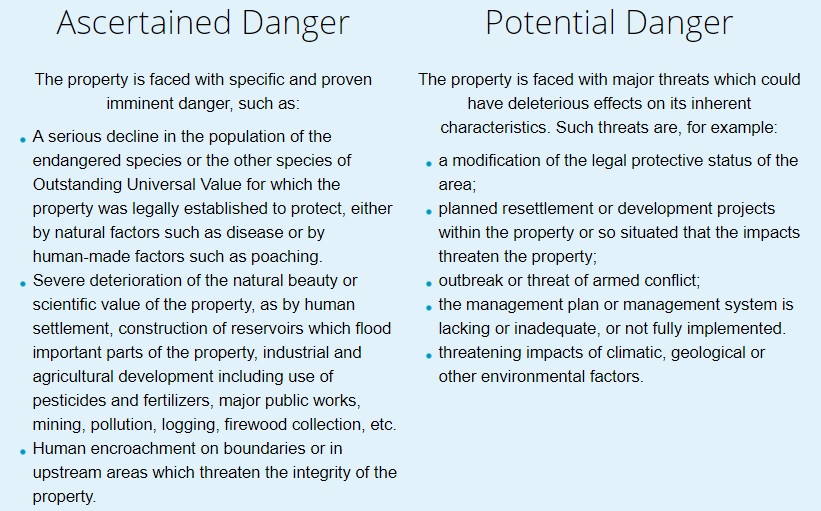
Three Parallel Rivers is in danger, from multiple threats. Adding to that, China now alleges that the ongoing presence of subsistence crop farmers along the river is in itself an unspecified threat to heritage. China now says: “Rural poverty is suggested to be the main factor threatening heritage protection. Some villages have been or are going to be relocated upon consensus by the residents to improve their living conditions as well as heritage protection.”[3]
This makes the local communities and customary stewards of these great rivers enemies of heritage, in need of removal, even though the surrounding terrain is so steep there is no vacant farmland to which they could be relocated. The displaced will be officially classified as voluntary “ecological migrants.”
This makes Three Parallel Rivers a conflict zone. China is declaring the indigenous conservers of the three rivers to be the enemies of heritage protection. Three Parallel Rivers is in danger, yet UNESCO has almost nothing to say of mass displacement of local communities beyond vague approval.
Black is white, white is black; UNESCO supposedly holds China accountable; in reality China is capturing UNESCO.
HERITAGE AS A TOOL OF STATE POWER
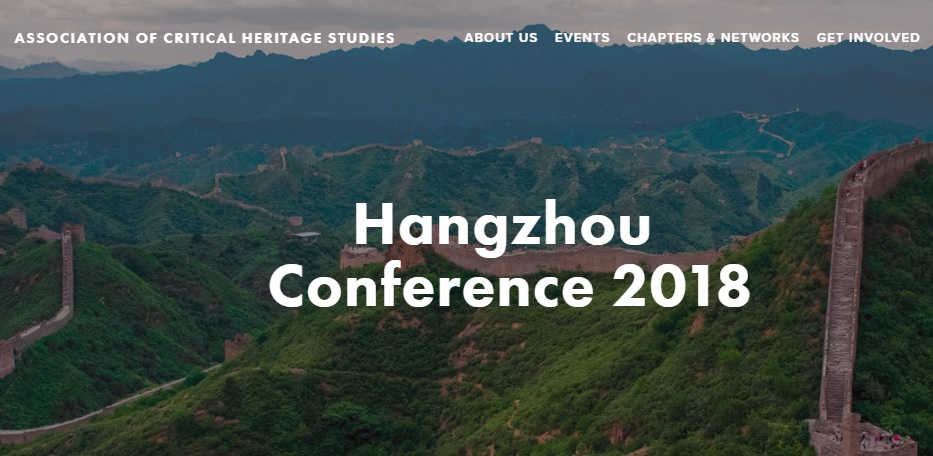
After the end of the revolutionary era of criticising Confucius, the Communist Party has decisively turned to embrace heritage as a primary source of regime legitimacy. Heritage, tangible and intangible, is booming.
A recent book on China’s embrace of UNESCO’s Authorised Heritage Discourse (AHD) reminds us: “The starting point for the ‘heritage turn’ in the 1990s is to be found in ideological shifts and the CCP’s search for a new form of legitimacy beyond communism. There is a growing pride in the country’s long history and rich traditions, affirmation of erstwhile condemned cultural values, huge investment in heritage protection, and promotion of a culturally based nationalistic discourse. The new vocabulary and ways to conceptualize the past in terms of cultural heritage (wenhua yichan) has changed how historical sites and cultural traditions are imagined, valued, and interpreted. But this does not mean that all aspects of the country’s past and its traditions are now embraced. There is selectivity in the choice of sites and practices elevated to heritage status, attempts to govern and control cultural and religious practices through the heritage discourse, and continuing tensions between a state-led national discourse and bottom-up celebrations of local cultures and identities.
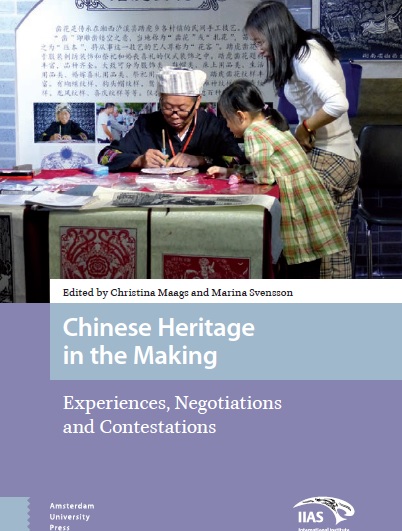
“Heritage-making processes, however, often privilege elites and the middle class in their cultural and leisure activities, a section of the populace which has grown significantly in China over the last decade. Yet, although the state and elites have a privileged access to and voice in heritagization processes, ordinary citizens, local communities, and marginalized groups have more abilities to express their views, negotiate, appropriate, and resist the AHD or its implementation.”[4]
Now is the moment for UNESCO, and its natural heritage site verifier IUCN, both of whom frequently declare themselves in support of “ordinary citizens, local communities, and marginalized groups,” to decide whether they will speak up for the disempowered, or side with the State Party.
If UNESCO were to recognise and exercise its great power, as creator and inventor of the Authorised Heritage Discourse (AHD) China so badly wants, it would not only classify Three Parallel Rivers as World Heritage in Danger, it would insist that Three Parallel Rivers be renominated for UNESCO approval, this time with the actual rivers included. Since the core of AHD is UNESCO’s grand concept of Outstanding Universal Value, how could the restoration of those three actual rivers to the Three Parallel Rivers World Heritage property be anything other than an enhancement of Outstanding Universal Value?

[1] Rouran Zhang, Laurajane Smith, Bonding and dissonance: Rethinking the Interrelations Among Stakeholders in Heritage Tourism, Tourism Management 74 (2019) 212–223
[2] Laurajane Smith, The Uses of Heritage, Routledge, 2006
Her naming of UNESCO’s powerful Authorised Heritage Discourse is familiar in China: 话语与过程:一种批判遗产学的视角——文化遗产研究与实践系列访谈之Laurajane Smith专访; Discourse and Process: A Perspective of Critical Heritage Studies——A Special Interview with Laurajane Smith; 百 色 学 院 学 报Journal of Baise University第27卷第5期Vol.27-No.5 2014年9月Sep.2014
[3] WHC/19/43.COM/7B.Add, p. 15 https://whc.unesco.org/archive/2019/whc19-43com-7BAdd-en.pdf
[4] Christina Maags and Marina Svensson eds, Chinese Heritage in the Making Experiences, Negotiations and Contestations, Amsterdam University Press, 2018, 14-15